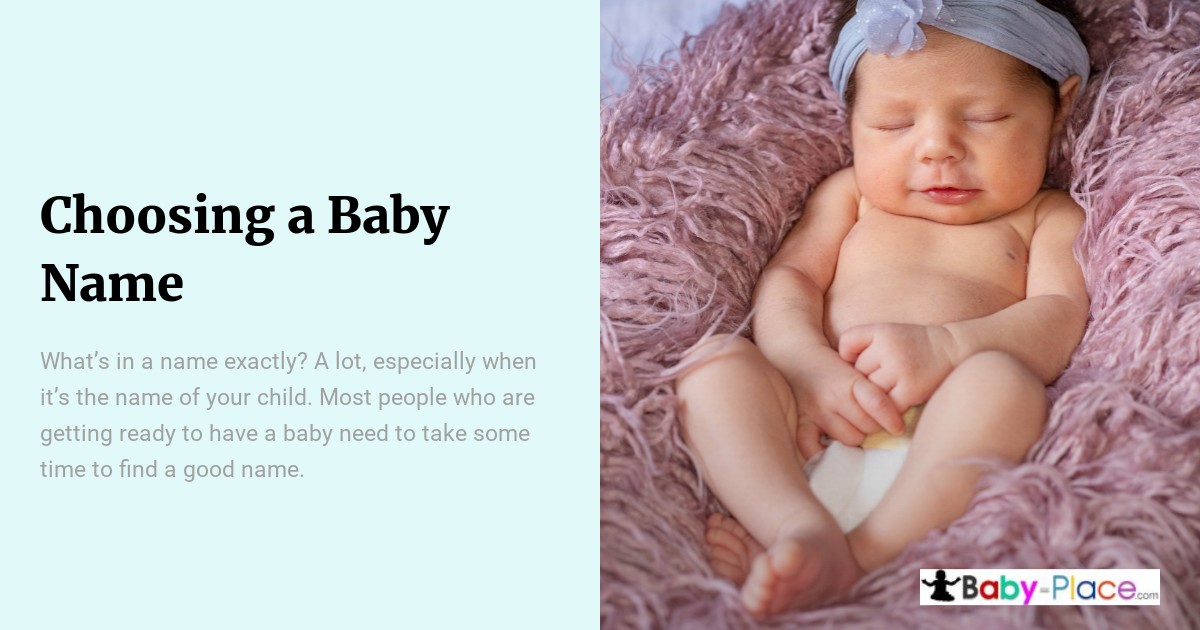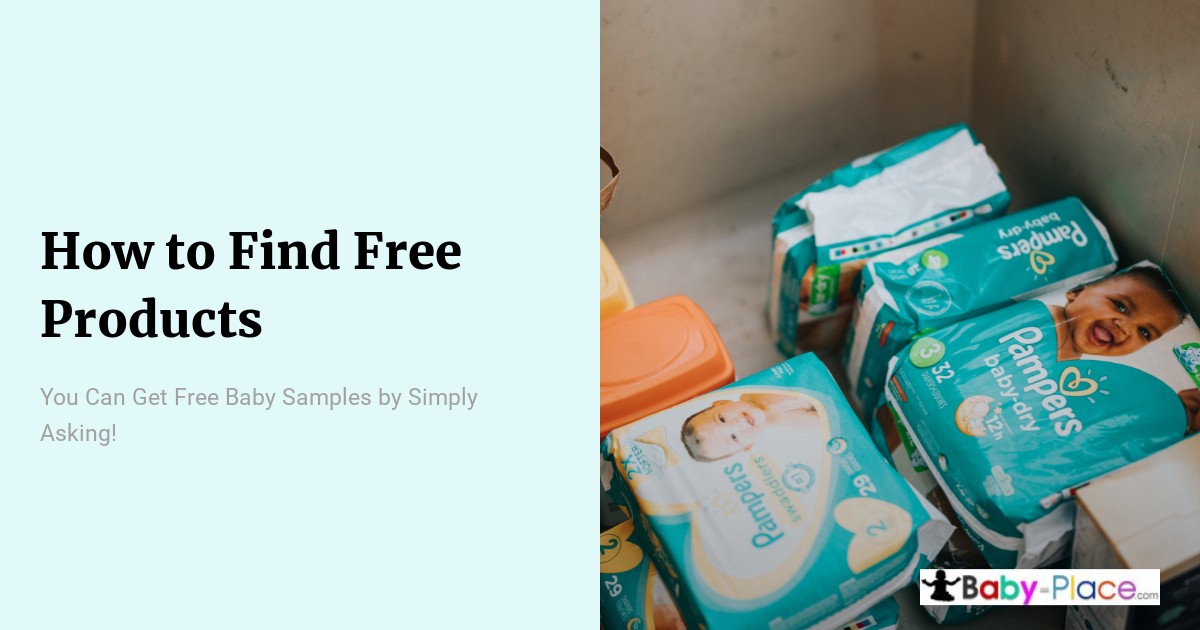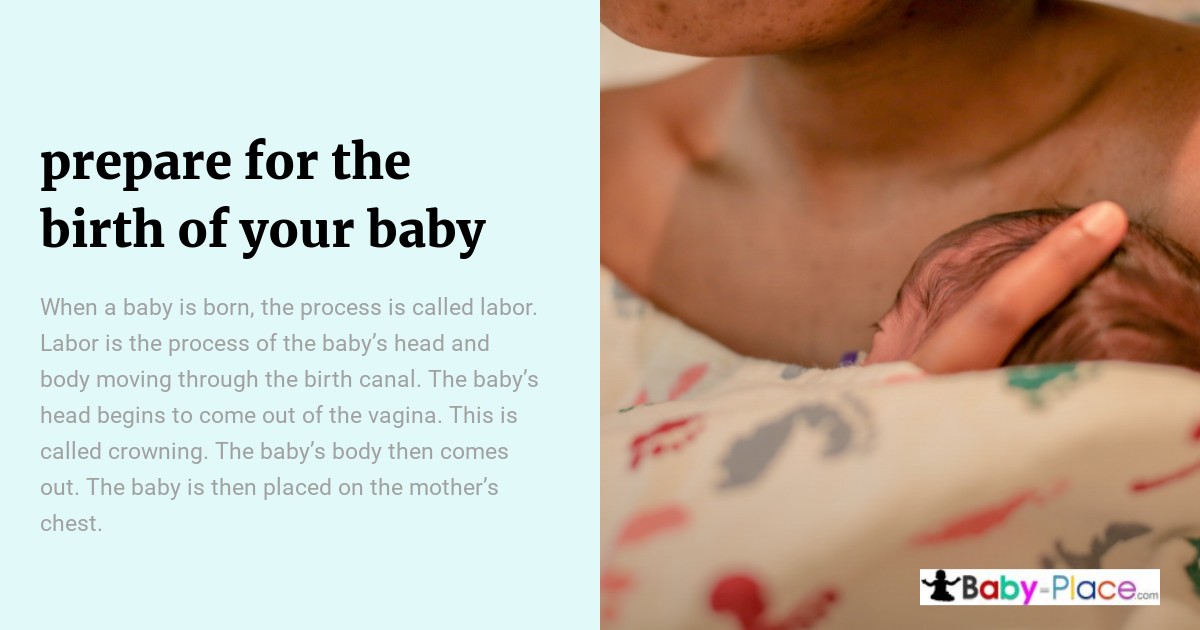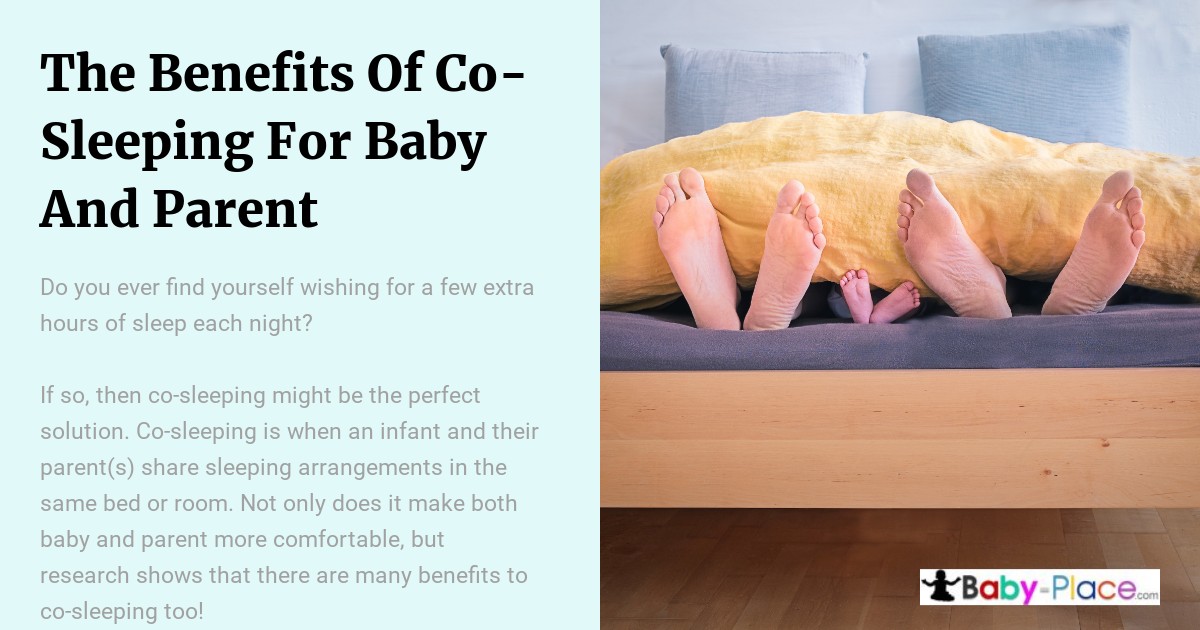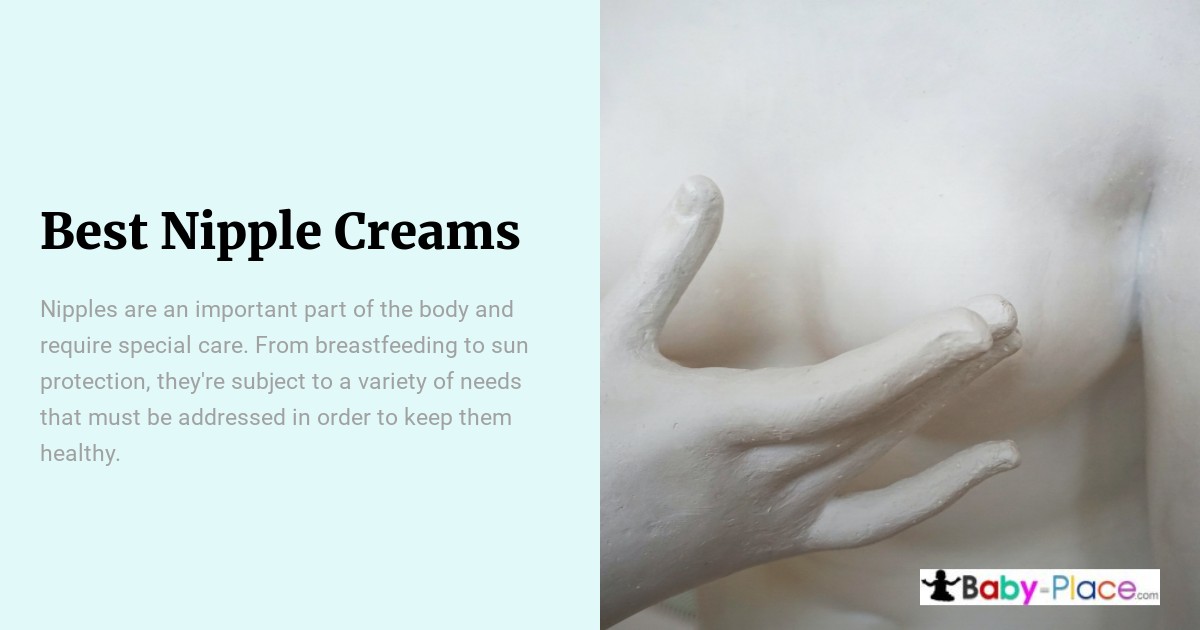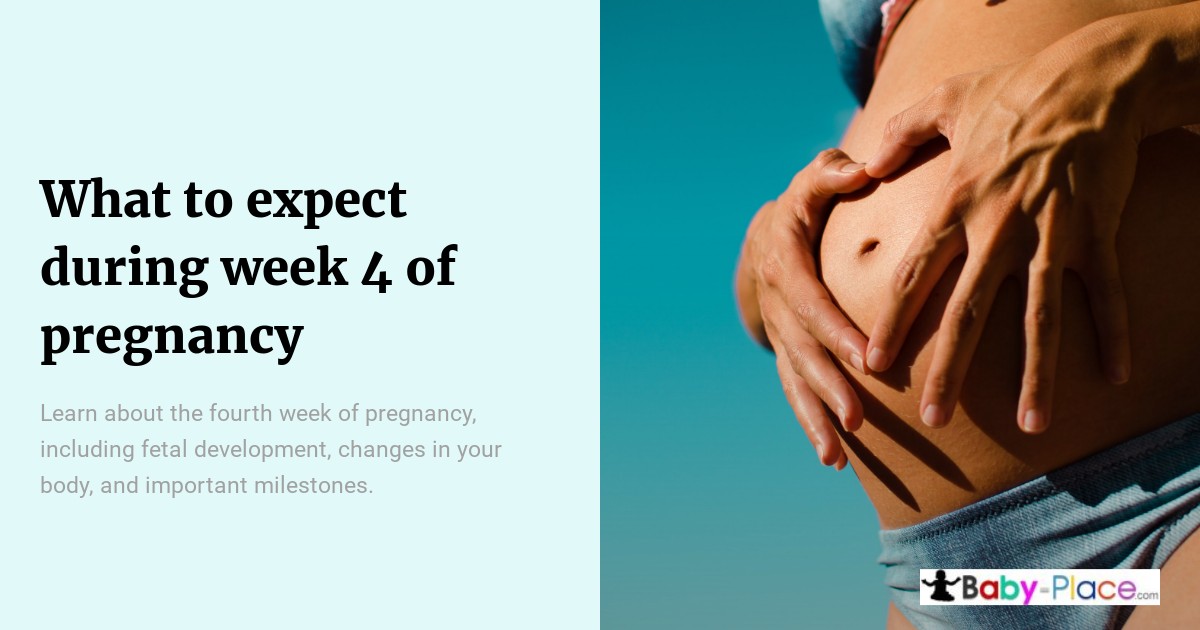| Below we deal with the subject of Sudden Infant Death Syndrome. We want to clarify that the word “prevention” on this page refers to either risk-reduction techniques or a goal for the future, as there is no currently no scientifically-proven way to prevent SIDS 100% of the time. |
Sudden Infant Death Syndrome (SIDS)
The risk of sudden infant death syndrome (SIDS) is something that haunts many new parents. Especially so because it is so difficult to nail down a specific cause. There are, however, steps you can take to reduce the risk of sudden unexpected infant death. The introduction of these guidelines has reduced the rate of SIDS from 130.3 babies per 100,000 in 1990 to 33.3 per 100,000 in 2019.
What is sudden infant death syndrome (SIDS)?
SIDS is when a baby who is apparently healthy suddenly dies for an unknown cause. It used to be known as “crib death” but healthcare providers have moved away from this term as it suggests, wrongly, that deaths are more likely to occur in a crib. It is also known as “sudden unexpected death in infancy (SUDI)”.
SIDS victims are most likely to be under the age of 6 months and the death usually, but not always, happens when the baby is asleep.
What causes sudden infant death syndrome?
The exact cause of sudden infant death syndrome is unknown but medical professionals believe that is a combination of the baby being at a vulnerable point in development and environmental factors. The area of the brain that controls breathing and arousal from sleep may not work as it should for some infants, which can be a risk factor for sudden infant death syndrome.
Babies who were premature or born at low birth weight are more vulnerable to SIDS. Other risk factors include the mother being less than 20 years old, if they smoke cigarettes, use drugs or alcohol, or if they received inadequate prenatal care.
Babies who suffered damage to their brain in utero or during birth are also more vulnerable, and there is evidence that a recent respiratory infection can make a SIDS death slightly more likely.
Can I prevent SIDS?
While there are risk factors that can be impossible to avoid, these risk factors often interact with environmental factors to make sudden infant death syndrome more likely.
It appears to often be an interaction between these risk factors and environmental factors that may make a SIDS death more likely, and these environmental factors are something that you can control.
Remember that sudden infant death syndrome still is very rare. It is easy to get caught up in being extremely anxious but the SIDS risk for any one baby is very low.
Public health officials do not recommend the use of heart rate monitors because they may be inaccurate and/or dangerous. The best thing that any parent can do to try and prevent SIDS is to follow the safe sleep guidelines.
It is the safe sleep guidelines that have contributed the most to the lowering of sudden infant death syndrome rates.
What are the safe sleep guidelines?
The Safe to Sleep Campaign by the National Institute of Child Health and Human Development (NICHD) lays out the guidelines for lowering the risk of infant death with the aim of SIDS prevention.
Back to sleep
Babies should always be placed on their backs to sleep. Being placed on their stomachs or their sides can raise the risk of SIDS. This may be because their breathing becomes obstructed and they are more likely to suffer from rebreathing.
Rebreathing is when the baby is stuck in a position where they are breathing back in their own breath, which increases the amount of carbon dioxide in the air they breathe in. If this is combined with the part of their brain that regulates breathing and arousal from sleep not working as it should, the baby won’t be able to wake up and cry to try and get more oxygen.
Firm hard surface
Babies should always sleep on a firm, flat, and waterproof mattress that is in good condition. This helps to prevent them from getting into a position where their breathing gets obstructed.
If you are using a second-hand bassinet or crib, it is always a good idea to buy a new mattress before your baby gets put down to sleep.
Babies should never be left unattended and asleep on an inclined surface. This includes baby rockers and bouncers. They also should never be left to sleep on a cushioned surface such as a nest.
You should also never let your baby sleep in a car seat that has been removed from a car. When car seats are secured in a car they are at a specific angle that prevents positional asphyxiation but once they are removed, this angle changes and there is a risk of suffocation.
Empty crib
Your baby’s crib, bassinet, or Moses basket should be completely empty apart from a mattress and a fitted sheet on which your baby sleeps.
Bumpers should never be used, and cuddly toys should not be placed in the crib. You shouldn’t use a blanket to keep your baby warm but, if you do, you should make sure that your baby has their feet touching the bottom of their crib and that the blanket is tucked in underneath their armpits.
Swaddling is safe for newborns but quickly becomes unsafe once your baby starts becoming active and trying to roll over (which can happen as early as 2 months).
If you worry about your baby getting cold after that point where you can swaddle, you may choose to use an infant sleeping bag. These are safe as long as they meet strict guidelines, but some researchers have found that only a fraction of the sleeping bags on the market does so. Because of this, many parents choose to wait until their child is older to introduce sleeping bags.
You should place your baby on their back with their feet touching the bottom of the crib (“feet to foot position”) with nothing covering their head.
Sharing a room
Your baby should sleep in the same room as you for the first 6 months of their life to lower their SIDS risk. It is important to note that room-sharing is not the same as bed-sharing.
The safe sleep guidelines do not recommend sharing a bed with an infant. Adult beds are not safe for babies because they have soft mattresses. There are also spaces between the mattress and the headboard slats and at the sides of the bed where a baby could become stuck. And there is a risk of a parent rolling over and suffocating the infant.
You should never bed share with your infant if you or your partner are a smoker, use drugs, or have recently drunk alcohol. You also should never share a bed with a baby who was premature or who had a low birth weight.
Instead, your baby should sleep in the same room as you but in a separate sleep space that follows the guidelines and is a safe sleep environment. This can be a Moses basket or bassinet next to the bed or a crib.
Don’t fall asleep with a baby in your arms
One of the biggest risk factors for sudden infant death syndrome is a caregiver falling asleep with the baby on a sofa, armchair, or other soft furnishings. It is very easy for the baby to become trapped between the person’s body and the chair and to have their breathing obstructed.
If you are worried that you are getting so sleep deprived that you may accidentally fall asleep with your baby in an unsafe situation, reach out for help. Ask your partner, family, or friends to take the baby so that you can catch up on some sleep, and talk to your health care provider if you are worried.
Temperature
Many people worry that their babies are too cold but while being cold can feel unpleasant for a baby, there is very little risk to their health (as long as the cold temperature isn’t extreme). And if your baby is too cold, you will likely hear about it very quickly because they will be quite vocal about their discomfort!
There is a far greater risk if your baby becomes too hot, especially in regards to SIDS. Overheating increases the risk of sudden infant death syndrome and can be caused by overuse of bedding or layered clothing or the room being too hot in general.
The room should be kept around 60 degrees Fahrenheit and your baby should be in light, thin clothing without too many layers. If it is a hot day, it is absolutely fine for your baby to sleep in just a nappy or a nappy and vest.
Breastfeeding
If you are able to breastfeed, you should. Research has shown that breastfeeding reduces the risk of sudden infant death syndrome.
This may be partly because breastfeeding encourages safe sleep and partly because it helps to improve the infant’s immune system. One of the risk factors for SIDS is a recent respiratory infection, and the stronger your baby’s immune system, the less likely they are to develop an infection.
Pacifiers
The use of pacifiers is sometimes controversial but babies who are put to sleep with a pacifier are at lower risk of SIDS. The pacifier should not have a ribbon or cord. If you are breastfeeding, it is often a good idea to wait for 4-6 weeks before introducing a pacifier so that it doesn’t interfere with your latch.
When babies use a pacifier, they will sleep less deeply so are more likely to be aroused to wake up if they find themselves in a position where they can’t breathe properly.
Tummy time
Tummy time is great for your infant’s development. It helps them to learn how to lift their head and strengthen their neck muscles so that they can do so.
This ability to lift their neck and move their head around when they are prone can lower the risk of SIDS death.
Vaccinations
Some people worry that there is a link between infant vaccines and SIDS but the opposite is true. Research has shown that babies who are up to date with their vaccinations are at a lower risk of sudden infant death syndrome.
As with breastfeeding, this is likely to do with a lower risk of developing infections that have the potential of making SIDS risk higher.
Avoid smoking
Smoking tobacco when you are pregnant can leave your baby at a higher risk of SIDS. As can anyone smoking tobacco in the same room as your baby.
Any visitors who are smokers should change their clothes and wash their hands before coming near the baby. There is still a risk from “third hand” smoke. This is an environment where someone has been smoking in the past. The smoke will cling to fabrics, including clothes, and can still be breathed in by the baby.
Get regular checkups during pregnancy
One of the risk factors for SIDS is a lack of adequate prenatal care. You should see your health care provider for all of your scheduled prenatal appointments and discuss with them any issues that you are having during your pregnancy.
Use a sling or carrier safely
Baby slings and carriers have become very popular and they are a wonderful way of keeping your baby close to you while you go about your day.
It is important, however, that you make sure you use the carrier or sling safely. There are safety guidelines in place for where the baby should sit in the sling and how it should be strapped to your body to prevent any injuries.
There have been cases of infant death from the use of baby slings, especially in babies who are less than 4 months of age. Very small babies and newborns don’t have the neck control or strength needed to move their heads if they are having trouble breathing.
If you are unsure if you are using your baby sling correctly, there are professionals available who can show you the correct way of placing it.
The bottom line
Many parents worry about sudden infant death syndrome (SIDS). While the rate of SIDS is already low, the safe sleep guidelines have reduced it even further. You cannot always prevent SIDS but you can lower the risk of it happening to your family by following these guidelines as closely as you can. If you think you may be excessively worrying about the risk of SIDS, speaking to your health care provider can help to give you any support you may need.




